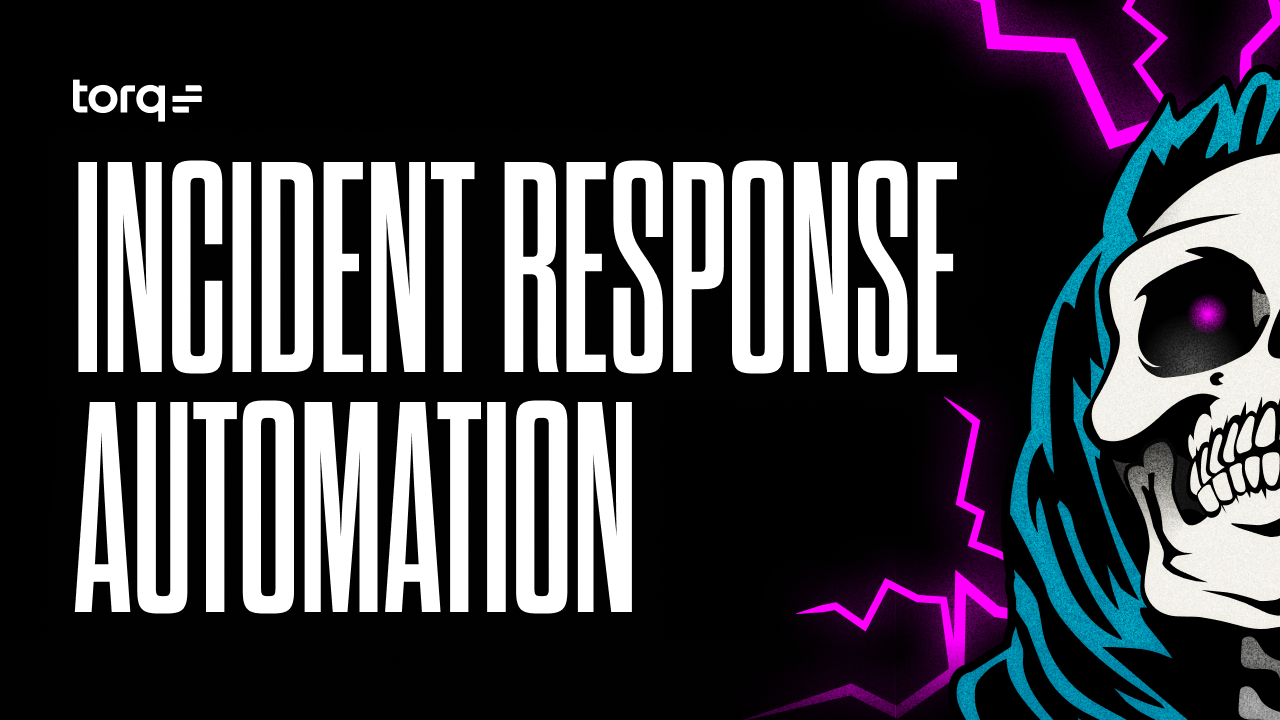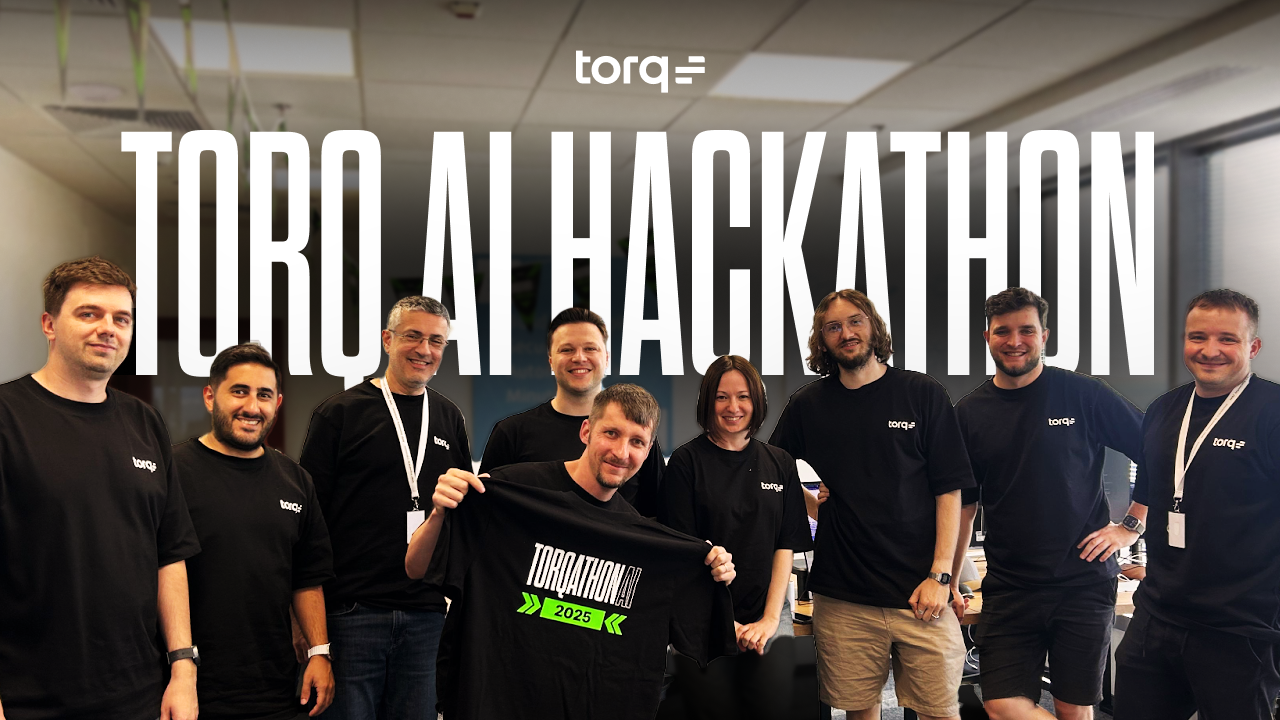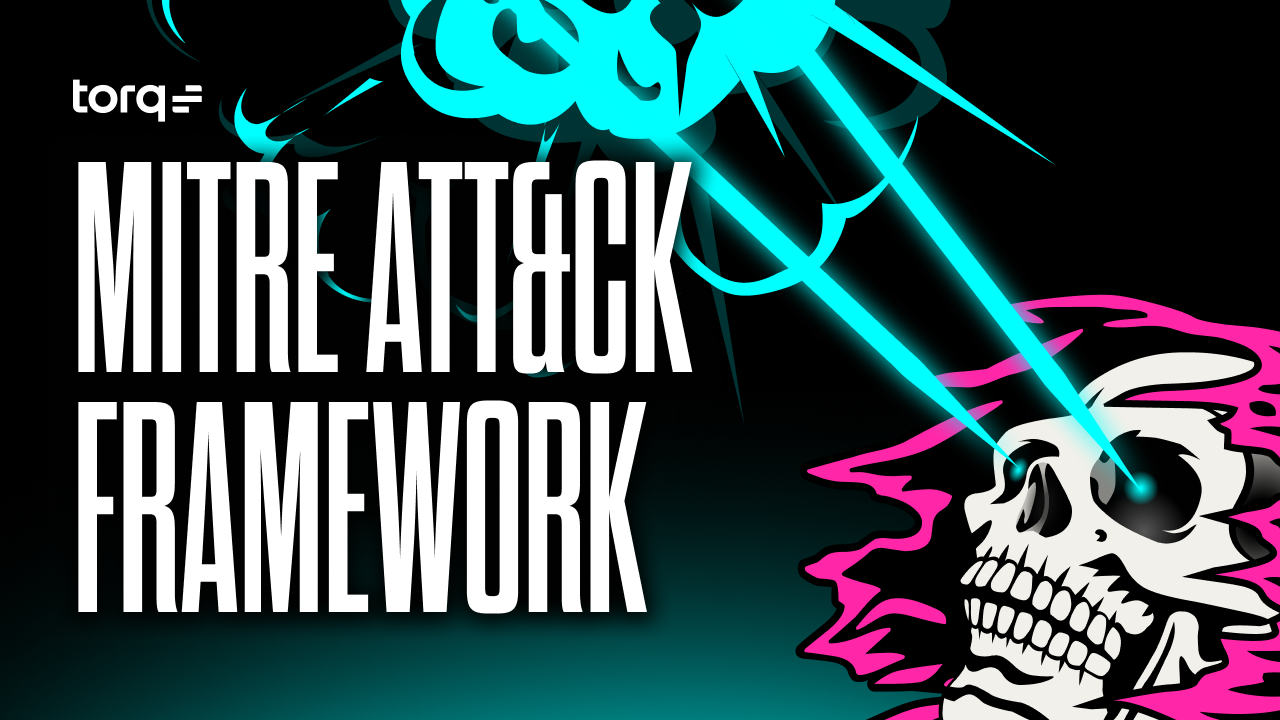Contents
Speed is everything in security. Delayed responses to security incidents can result in the loss of business data, erosion of trust, and significant financial losses. Traditional manual incident response can’t keep pace with today’s threats.
This is where incident response automation comes in. Powered by AI-driven security automation, it allows SOC teams to detect, prioritize, and neutralize threats faster than ever — often before users even know an issue exists.
In this blog, we’ll break down what incident response automation is, why it’s essential, and real-life use cases for modern SOCs.
What Is Incident Response Automation?
Manual incident response relies heavily on human intervention and human reaction time. Analysts must identify the threat, triage, determine its impact, decide on a course of action, execute that action, and document everything — often while juggling dozens of other critical duties. It’s slow. It’s error-prone. And it leaves your organization vulnerable.
Powered by AI, incident response automation enables instant detection and response by automatically identifying and neutralizing threats — often before users even become aware of an issue. It delivers scalability by handling multiple incidents simultaneously across sprawling, complex environments without overwhelming the SOC. It empowers analysts by offloading repetitive, routine tasks, allowing human experts to focus their time and energy on strategic, high-value initiatives. And it drives operational maturity by feeding AI-driven insights back into detection and response processes, improving incident prevention.
Incident Response Automation Defined
Incident response automation utilizes AI-driven workflows and technology to detect, investigate, contain, and remediate security threats without requiring manual human intervention. It replaces slow, error-prone manual processes with real-time, consistent, and scalable actions, dramatically reducing MTTD and MTTR.
Core Components of Automated Incident Response
Tool integration: Seamlessly integrates with existing security tools like SIEMs, EDR, firewalls, and threat intelligence platforms.
Scalability: Automated responses allow SOCs to handle more incidents without increasing headcount or operational costs.
Consistency: Uniform execution of best-practice-driven response actions reduces risk and ensures predictable outcomes.
Flexibility: Retains human oversight, allowing analysts to intervene or supervise as needed.
Alerting and detection: Real-time, automated detection reduces delays, ensuring immediate response.
Incident prioritization: Automated systems categorize incidents by severity, helping teams focus resources efficiently.
Remediation: Predefined automated actions such as quarantining compromised systems, blocking malicious IPs, and applying patches.
Reporting and post-mortems: Automated documentation simplifies root cause analysis and improves future responses.
Why Manual Incident Response Falls Short
Traditional manual incident response often suffers from:
- Slow response times: Manual investigation wastes precious time during an active attack.
- Inconsistency: Human error introduces risk at every step.
- Alert overload: SOCs are overwhelmed by alerts. Manual triage is not sustainable.
- Resource constraints: Manual processes are resource-intensive and don’t scale efficiently.
Automated incident response solves all of this. It scales with increasing volume, enforces consistency, and frees up your team’s time and energy to focus on strategic security initiatives.
Benefits of Automated Incident Response
Implementing automated incident response delivers clear advantages:
- Rapid response: Significantly reduced MTTD and MTTR
- Improved accuracy: Elimination of manual errors through standardized workflows
- Reduced alert fatigue: Intelligent prioritization and handling of alerts
- Cost efficiency: Optimized resource allocation and lowers operational costs
- Enhanced compliance: Documentation and consistent actions facilitate regulatory compliance
Examples of Incident Response Automation
Here’s how incident response automation plays out across different attack scenarios.
Phishing Attacks
When a phishing email bypasses perimeter defenses and lands in an employee’s inbox, time is of the essence. Automated incident response detects indicators like suspicious URLs, anomalous user behavior, or credential harvesting attempts. The automation system instantly isolates the affected inbox, revokes access to compromised credentials, removes the phishing email from all mailboxes, blocks the sender, and notifies impacted users.
Malware Containment
If malware is detected on an endpoint, automated workflows instantly disconnect the infected endpoint from the network, trigger forensic scans, kill malicious processes, and initiate recovery steps — containing the spread before it can escalate.
IAM Security
Identity and Access Management (IAM) is a prime target for attackers. Automated incident response continuously monitors for unusual login patterns, privilege escalation, dormant accounts, and policy violations. Upon detection, automation can instantly disable user accounts, enforce password resets, revoke elevated privileges, or require multi-factor authentication (MFA).
Cloud Detection and Response
Cloud security automation monitors cloud environments for misconfigurations (like exposed storage buckets or open firewall ports). Upon detection, the system automatically isolates compromised assets, reaches out to the correct owners, executes remediation, and minimizes damage before analysts need to step in.
How to Automate Incident Response with SentinelOne and Torq
One of Torq Hyperautomation™’s greatest strengths is its ability to integrate with virtually any security tool. We team up with leading platforms like SentinelOne to create seamless automations that simplify SOC workflows, eliminate manual grind, and dramatically improve incident response times.
Here’s how Torq and SentinelOne combine forces to bring autonomous incident response to life:
1. Auto-Enrich SentinelOne Incidents with Intezer
Torq continuously polls SentinelOne for any unresolved threats. It extracts file hashes from those incidents and queries Intezer for threat intelligence enrichment. The results from Intezer are posted directly into the SentinelOne incident notes.
At the same time, Torq launches a Deep Visibility query to determine the extent of the threat across your environment. If Intezer flags a file as malicious or suspicious, Torq automatically prompts your SOC team in Slack to decide whether to launch an Intezer Live Scan. If the team answers yes, Torq remotely installs the Live Scan agent, runs the scan, gathers the results, and updates both the Slack channel and the SentinelOne threat notes.
2. Threat Hunt for SHA1 Signatures Across SentinelOne Endpoints
Torq enables rapid threat hunts that can be triggered directly from Slack. When a SOC analyst sends a Slack command containing a platform and a SHA1 file signature, Torq initiates an immediate threat hunt.
Torq adds the file hash to the SentinelOne blacklist and launches a Deep Visibility query to find all instances of the file across your managed endpoints. It identifies and notifies endpoint owners by integrating with Jamf or Intune. Torq updates the relevant Slack channel and then triggers a full disk scan on any affected endpoints to eliminate threats promptly.
3. Enrich SentinelOne Findings with Advanced Threat Intelligence
Torq enhances SentinelOne incident analysis by layering in threat intelligence from VirusTotal and Recorded Future. Torq regularly polls SentinelOne for newly detected threats. For each threat, Torq extracts relevant file signatures and queries VirusTotal and Recorded Future for enrichment data, including reputation scores, malicious behavior indicators, and associated threat actors. This context is automatically added to the incident notes within SentinelOne.
Torq can also run a Deep Visibility query for additional results associated with the same file hash, ensuring SOC teams have complete situational awareness without lifting a finger.
Incident Response Automation with Torq
Torq transforms the way SOC teams do incident response. Our platform empowers organizations to:
- Deliver faster, more accurate automated incident responses without requiring major increases in staffing.
- Automate repetitive tasks while maintaining human oversight when needed.
- Enable analysts to focus on strategic initiatives that harden security postures, rather than burning out on alert triage.
- Socrates, Torq’s OmniAgent, coordinates specialized AI agents that autonomously handle enrichment, investigation, containment, and remediation.
Torq Hyperautomation makes it easy to deploy integrated incident response automation across your security environment. Let Torq automate your incident response — and everything that comes with it.
See how to generate a Torq workflow in seconds to automate incident response.




